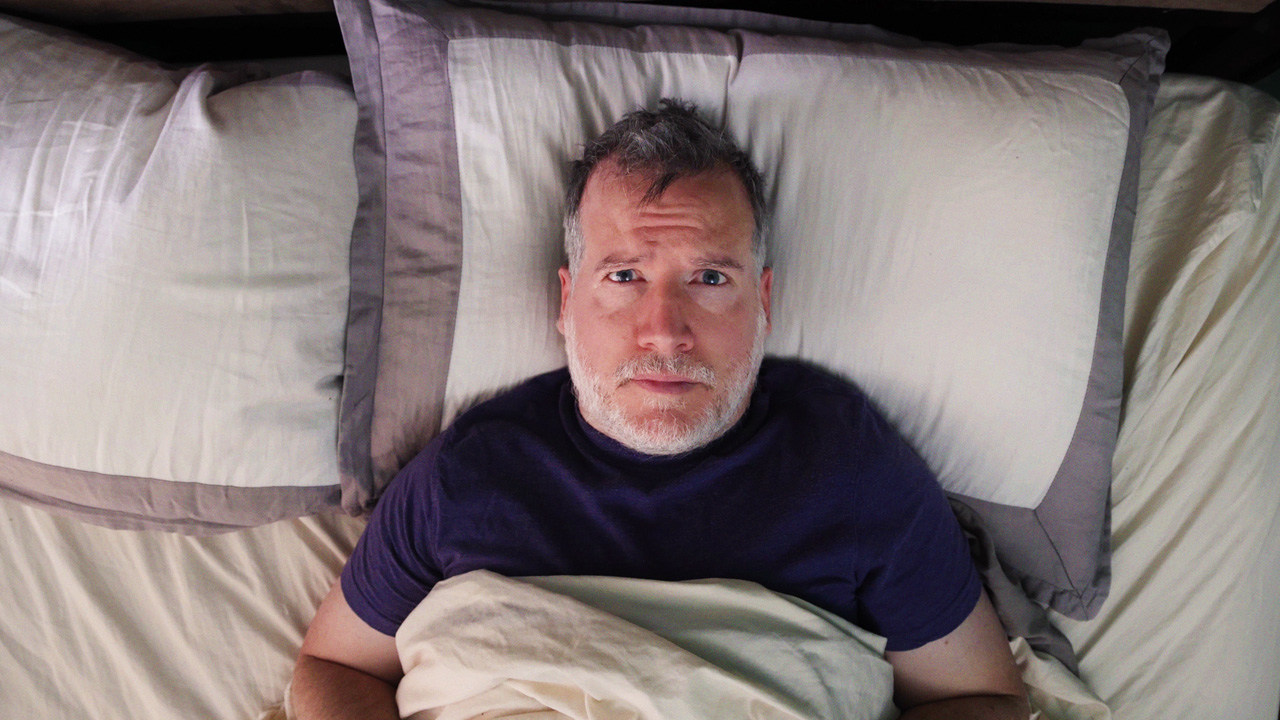In Clinical
Bookmark
Problem representation
A middle-aged man presents with a two-month history of increased urination and thirst.
Hypothesis generation
Establishing whether this patient has urinary frequency or polyuria is important because different conditions are associated with these two symptoms.
Polyuria is defined as the production of excess urine (more than three litres a day) and is usually accompanied by excessive drinking or polydipsia (more than three litres a day). In contrast, urinary frequency is not associated with an increase in total urine output. However, in a pharmacy presentation where urine output cannot be measured, you need to use the clinical signs and symptoms to guide your thinking.
For the patient, his description of symptoms does not suggest common causes of urinary frequency, such as a urinary tract infection (UTI), interstitial cystitis or benign prostatic hyperplasia (BPH), given that he has had symptoms for two months and has not reported any pain or urgency.
Since he also has excessive thirst, this all seems to point toward polyuria. You therefore need to consider the following conditions:
Likely diagnosis
- Medicines
- Diabetes mellitus
Possible diagnosis
- Chronic renal failure
- Diabetes insipidus
- Hypokalaemia
- Hypercalcaemia
- Hyperthyroidism
- Hyperparathyroidism
- Primary polydipsia.
Key points: polyuria
- It is important to differentiate between frequency of urination and polyuria (excessive urination)
- Use of diuretics and uncontrolled diabetes mellitus are common causes of polyuria
- If any doubt exists, a 24-hour urine sample needs to be collected to confirm polyuria.

